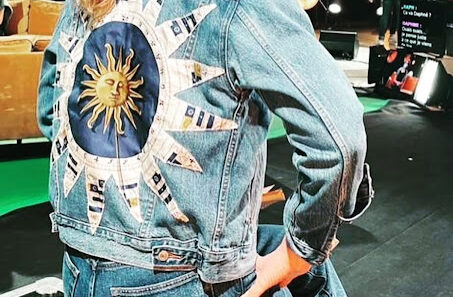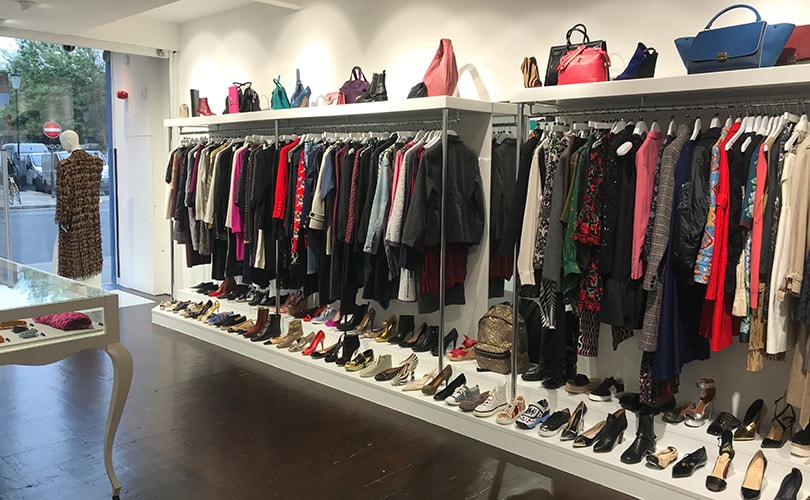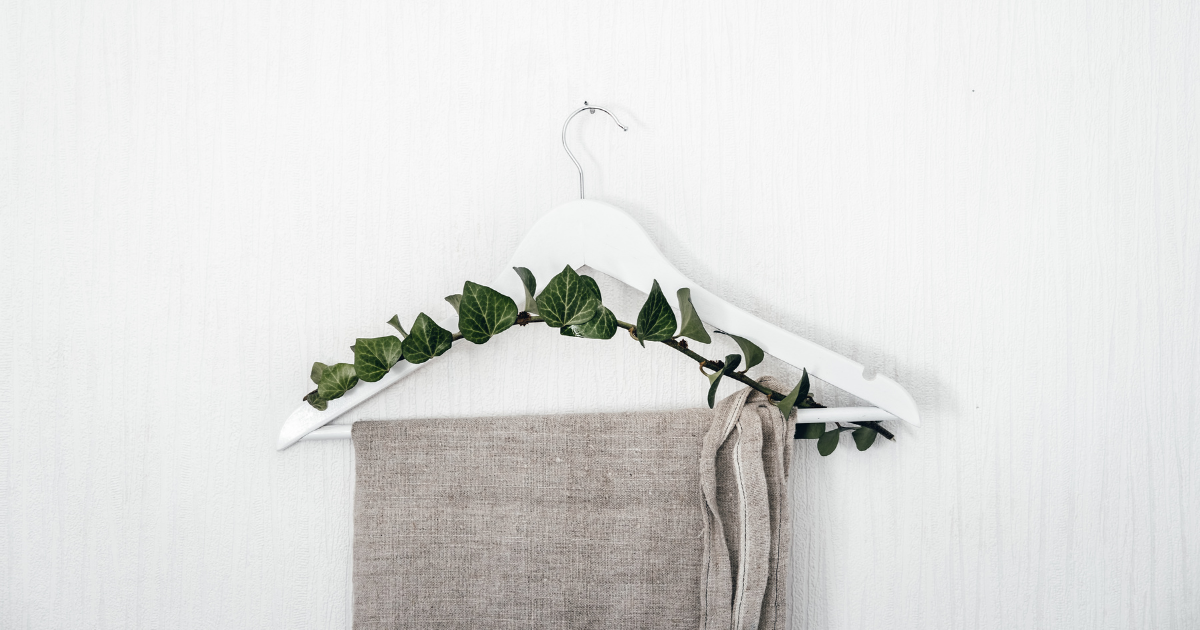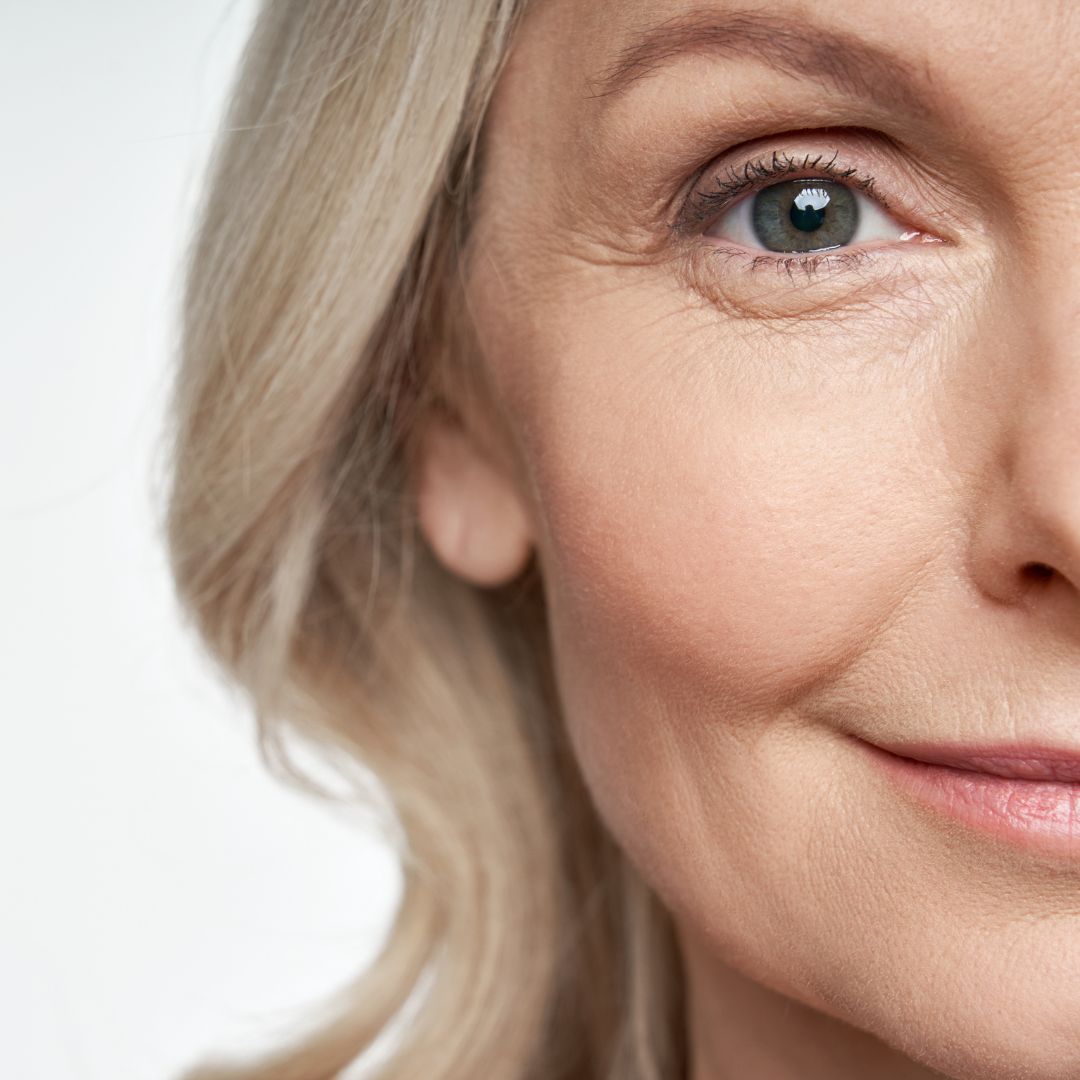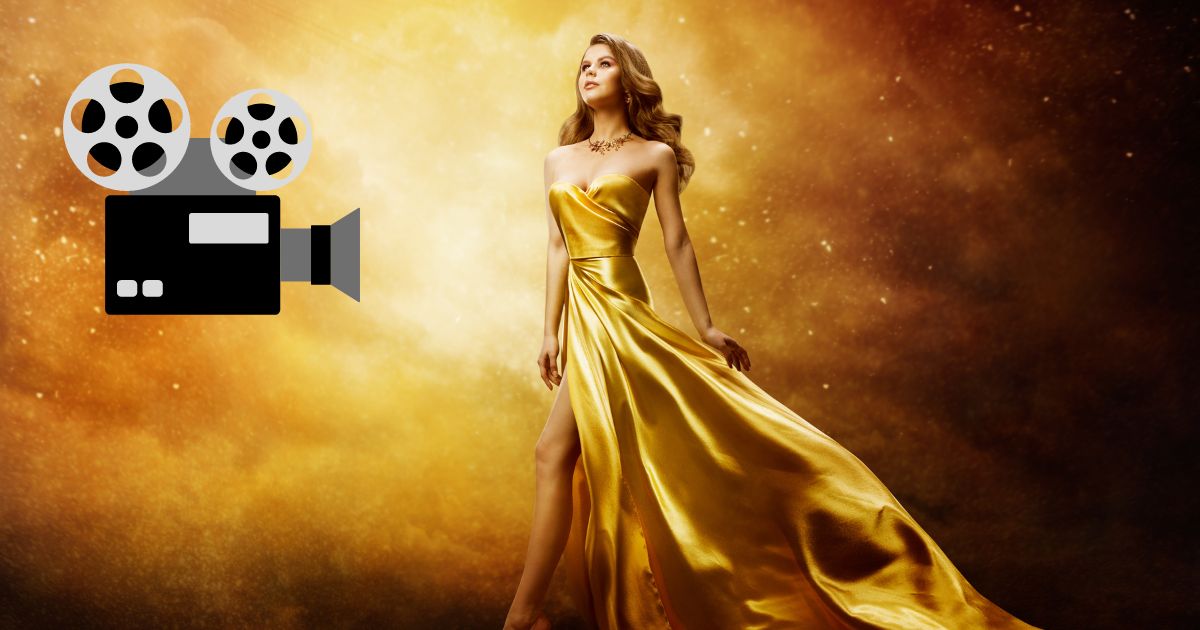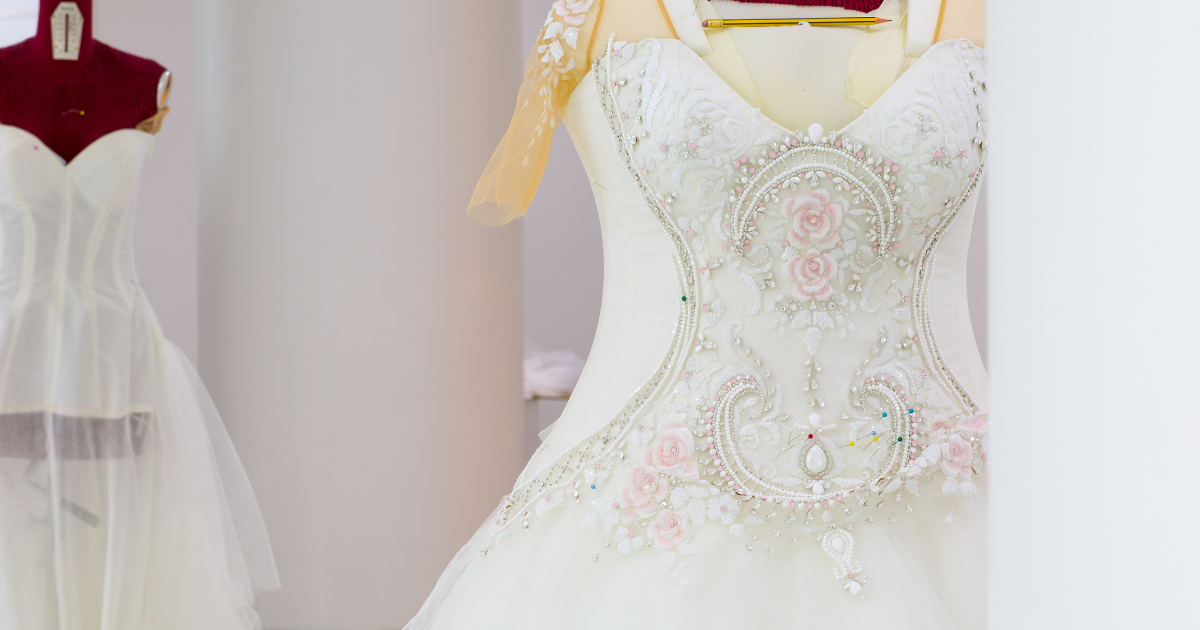Upon asking people around me what they think ‘formal fashion’ consists of, here were some of the common responses – a black suit and tie, or a white shirt with a blazer, a pair of well fitted trousers and some even mentioned a uniform. Then I went on to ask them how frequently do they find themselves in such clothes? Expectedly, most said not that often.
Formal fashion has long been a symbol of power and discipline. Power suits, that came embellished with broad shoulders and bold shoulder pads, became a game changer for women’s formals in the 1980s. They worked as a symbol for women stepping up and into the man’s world with just as much authority, like an intersection between conservative patriarchy and rising feminism. This period may be considered as the pinnacle of the evolution process of formal fashion in the 20th century. Many would assume, and rightly so, that the Covid pandemic caused a paradigm shift in consumer choices when it comes to formal fashion. However, the notion of conventional formal wear has been on a downward slippery slope for sometime now.
A very important facet of fashion is that it is never the same. Change, in fashion, is the only constant. Trends, sure, are ephemeral but an entire category of fashion can also reach a point of extinction. So, has formal fashion stopped evolving only to become redundant in the 21st century?
The dichotomy –
Formal wear imposes a curtain of uniformity on its wearers. Uniforms, for instance, curtail one’s ability to dress differently than others. There exists an inherent dichotomy between fashion and uniforms. Fashion is about creativity, while uniform is about conformity. However, both are intricately related. Designers have taken inspiration from school uniforms (pleated skirts, striped blazers) and work uniforms – Chanel’s 2015 collection was based on the uniform of Parisian waiters, even including a clutch bag in the shape of plates. Military uniforms have also continually had a strong influence on fashion, with designers such as Ralph Lauren applying braid, gold buttons and epaulettes to female fashion.
On the other hand, a greater dichotomy is when we observe how differently the mass population deals with fashion and uniform, in comparison to the big fashion houses mentioned above. Many people took a step forward and brought in constructive changes to eliminate the hazards of formal fashion.
Examples –
The 1990s saw the rise of Casual Friday movements in USA. On Fridays, rather than wearing standard business attire, employees at many companies were allowed to dress casually. An idea of self-expression through individuality in fashion came into existence. Quite naturally, the rest of the world caught up with these emerging alternatives to formal fashion, thanks to the trickle down effect.
Nicola Thorp, a temp worker from London, had been sent home from her receptionist job for refusing to wear heels. She started a petition for a parliamentary hearing titled “Make it illegal for a company to require women to wear high heels at work.” This ultimately led to the agency changing its policy by now allowing women to wear flats – something men had been doing since the beginning. Owing to the conversations and awareness about gender fluidity and equality, many of the conservative aspects of formal fashion now seemed to be discarded.
Today’s hoodie wearing billionaires, and the rise of Silicon Valley point to the idea that success didn’t need to come buttoned up in a suit and tie. Suits – which once symbolised professionalism – became associated with more traditional companies, as tech workers who mastered innovation redefined what a CEO should look like. Mark Zuckerberg, chief executive of Facebook, is famous for his grey t-shirts and hoodies. He says the shirt is his typical daily uniform because it helps him limit the number of small decisions he has to make in the morning. The grey t-shirts have become as aspirational an outfit as a Savile Row suit once was.
“There has been a dramatic change very recently,” said Susan Scafidi, a law professor at Fordham University and founder of the Fashion Law Institute.
“Dress is now open to the interpretation of the individual, rather than an institution,” Professor Scafidi said.
An Elle Woods would probably not be mocked for her fashion choices as a law student in the year 2022. Her soft defiance to the traditional norms of well – dressed lawyers fits well with the ongoing conversation on fate of formal fashion.
Current situation –
Of course, with the pandemic, zoom-casual has blurred the lines between work and home. Formal fashion, which was already becoming less popular, started getting replaced with casual wear, athleisure and the like. Many companies that sold athelisure and casuals online thrived even during the pandemic.
So, what does this mean for the businesses that produce and manufacture formal-wear?
The new work-from-home reality has rapidly recalibrated the fashion code for professional wear, which is presenting challenges for retailers that sell formal clothing.The circumstances surrounding 2020 accelerated the comfort movement that was already underway within the U.S. fashion apparel and footwear markets. While total apparel sales declined by 19% in 2020, comfy cozy categories such as sweatpants (+17%), sleepwear (+6%), and sports bras (+10%) grew during a challenging period for the industry
In the UK, clothing sales plummeted 25% in 2020, the largest annual drop since record-keeping began 23 years ago.In total, sales of suits in the UK have fallen by 2.3 million over five years, according to the market research firm Kantar Group. The picture was similar in the US, where fashion companies saw a 90% decline in profit in 2020. In India, even before the pandemic, apparel retailers had witnessed a consumer trend towards ‘casual formal wear’ such as chinos and cotton shirts. However, with the pandemic, as people worked from home, demand for formal clothing was wiped out entirely.
The statistics show that even though the business-fashion sector took a hit during the pandemic, the ones selling formal wear suffered even more. With introduction of hybrid working conditions and increasing affinity to casual wear, brands are now restructuring their models of business. Once a destination for suits and formal wear, Marks & Spencer is arguably betting on casual fashion and no longer selling suiting in most of its stores. However, there are some companies that remain in the race and are slowly witnessing increasing sales. “Most recently we are seeing dresses back to the same level in the mix of our business as it was two years ago,” Rachel Osborne, from Upmarket retailer Ted Baker, told Reuters. “We are seeing people coming in for suits, the wedding season is hopefully starting.”
In a challenging situation like this, fashion companies and businesses must keep up with the changing consumer behaviours and should also be tailoring their strategies to fit their individual priorities, market exposure and capabilities.
Formal Fashion, irrespective of how redundant and out of fashion as it might be, is still in demand by those employed in traditional workplaces and professions. Consumers who don western formals across the world for events, weddings and the like, are also contributing to increasing its sales in the post pandemic era. Only the forthcoming consumer behaviours and trends can decide the fate of what once was the most powerful type of clothing – Formal Fashion.






